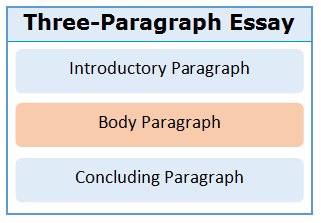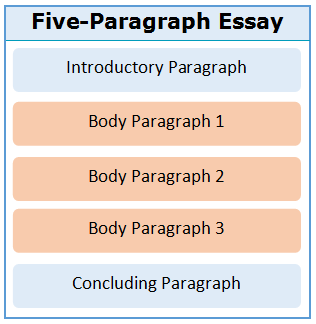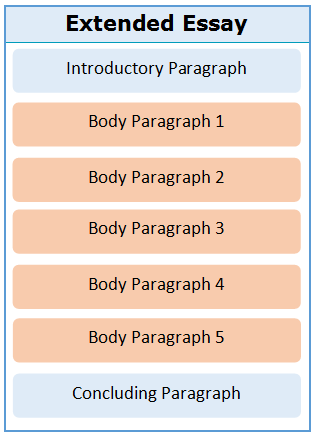What are the basic sections of an academic essay?

This is the first of four chapters about Essay Writing. To complete this reader, read each chapter carefully and then unlock and complete our materials to check your understanding.
– Introduce the concept of an essay
– Outline the three most common essay lengths
– Discuss the three sections of an academic essay
Before you begin reading...
-
video and audio texts
-
knowledge checks and quizzes
-
skills practices, tasks and assignments
Chapter 1
If you’ve already read our reader about essay types, you should now know what an academic essay is and how long one can be. The next step is to break the essay down into its most basic components so that you’re able to better recognise which elements you’ll need to include in each section – as well as better understand each section’s purpose. Of course, when dealing with dissertations or theses, you’ll be required to include a much larger variety of section types, but for the purposes of the following lessons we’ll be focusing on three-paragraph, five-paragraph and extended essays which all utilise the three basic sections: the introductory paragraph, the body paragraphs and the concluding paragraph. This macro structure is demonstrated in the following example diagrams:



1. The Introductory Paragraph
An effective introduction is a very important element in any essay as this will be the first section that the reader will encounter. The introductory paragraph should act as a guide to your whole assignment, informing the reader of the type of essay they are about to read, the topic of the essay, any necessary background to that topic or any definitions required to understand it, as well as the stance that the writer may have about that topic or concept. Unless writing a dissertation or thesis, an introduction is usually only one paragraph of between 150 and 250 words in length that often includes a number of introductory elements such as an outline and thesis statement.
2. The Body Section
The body section is always the largest portion of an essay as this is where the discussion, research and evidence related to the essay question is presented. Generally, this section should be written before the introduction or conclusion as the content contained within the body will shape how the other two sections are composed. In a body section, which may consist of multiple body paragraphs, a writer will usually discuss the topics they’ve outlined in their introduction in more detail, using evidence, examples and explanations to support and develop their own opinions and claims or the claims of other sources. Much like introductory paragraphs, body sections are often comprised of particular elements, such as main ideas, supporting details and topic sentences, all of which are important to recognise and use.
3. The Concluding Paragraph
The last section of an essay is usually called the conclusion. This section should leave the reader with a very clear understanding of what your essay has discussed or argued and what the outcome of that discussion is. Such an understanding is most commonly achieved through inclusion of particular elements, such as thesis restatements or a summary of ideas. The reader should be informed of the implications of the writer’s research and findings and perhaps also be pointed towards recommendations and potential research gaps. Much like the introduction, the conclusion is usually only one paragraph in length and should be as concise and cohesive as possible.
Although you should now feel comfortable in understanding the basic macro (overall) structure of an essay, the next important topic to discuss is the essay writing process which is covered in Chapter 2 as well as the essay editing and proofreading processes which you’ll find in Chapter 3.
To reference this reader:
Academic Marker (2022) About Essay Writing. Available at: https://academicmarker.com/essay-writing/about-essay-writing/ (Accessed: Date Month Year).
Downloadables
Once you’ve completed all four chapters about essay writing, you might also wish to download our beginner, intermediate and advanced worksheets to test your progress or print for your students. These professional PDF worksheets can be easily accessed for only a few Academic Marks.
Collect Academic Marks
-
100 Marks for joining
-
25 Marks for daily e-learning
-
100-200 for feedback/testimonials
-
100-500 for referring your colleages/friends